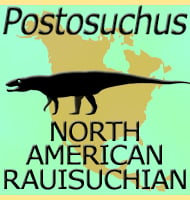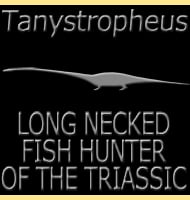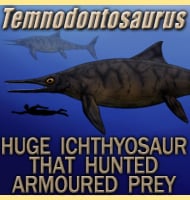Gueragama
In Depth Gueragama is a genus of iguanian lizard that lived in South America during the late Cretaceous. Further Reading - A stem acrodontan lizard in the Cretaceous of Brazil revises early lizard evolution in Gondwana. - Nature Communications 6:8149:1-8. - T. R. Sim�es, E. Wilner, M. W. Caldwell, L. C. Weinsch�tz & A. W. … Read more


